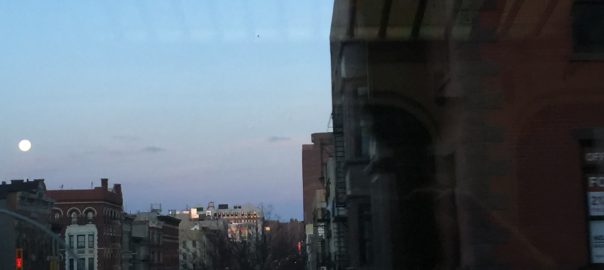The Week in Reading for the Week of April 10
April 3, 2015
Monk’s advice never gets old.
April 6, 2015
Top brands on Instagram know the difference between quality of posts and quantity.
April 7, 2015
Sports fans care more about speed than quality. Don’t let your ad slow down their experience.
The founding Executive Director of the Digital Public Library of America notices ebook sales leveling off, says (essentially), “Don’t believe the data.” Does he count as a disinterested observer?
April 8, 2015
Get your gifs here: Hulu does a deal with Tumblr.
Good tips for presentations.
Instagram’s carousel ads would be GREAT for book publishers. Now if we can just get them to come down a couple hundred thou on their minimum spend.
Used right, YouTube cards could be a great way to show more information in ads—always a plus for book publishers.
Get your word nerd on: A lovely piece on the use of quotation marks. (via @GroveAtlantic)
We aren’t going to London Book Fair, but if we were this is a presentation we’d love to attend. Sara Lloyd gives great talks.
Want to go write in the Antarctic for a few months? You might get a book deal out of it.
Welcome LitHub! A brand-spanking new website with a nifty pedigree: created by Grove Atlantic and Electric Literature.
April 9, 2015
A new video game lets you wander around de Chirico cityscapes!
Programmatic buys aren’t the end of creativity; they’re just the beginning!
April 10, 2015
iHeart Radio brings programmatic to broadcast.
“Metaphysical Daring as a Post-human Survival Strategy” discussed in the French Embassy Ballroom at 5am. Who’s in?
Great take on advertising as seduction, excerpted from a book we were happy to work on.
The rise of the Instagram influencer (nice work if you can get it).
“This is terrifying and inspiring in equal measure,” says Google’s Ben Malbon about Chris Messina’s idea (reality) of “the full stack employee.” True dat.
Clay Shirky and the New York Times’ Margaret Sulllivan talk about the future of print news. Shirky’s “darker narrative” is about the print newspaper, but does it have relevance to the plateauing of print book share (versus digital)? Shirky says, “So it seems likely to me that after the early, rapid decline, we are now in a period of shallow, secular decay, which will give way to a late-stage period of rapid decline.”
Jason Fried on the differences between how platforms make you feel:
“Every scroll through Instagram puts someone’s good day in front of me. A vacation picture, something new they got that they love, pictures of nature, pictures of people they love, places they’ve been, and stuff they want to cheer about. It’s just flat out harder to be negative when sharing a picture. This isn’t a small thing – it’s a very big deal. I feel good when I browse Instagram. That’s the feel that matters.”
(via Almighty’s “Dark Matter” email)
The Vertical Video: An aesthetic disaster but a must for engagement. (via Almighty’s “Dark Matter” email)





